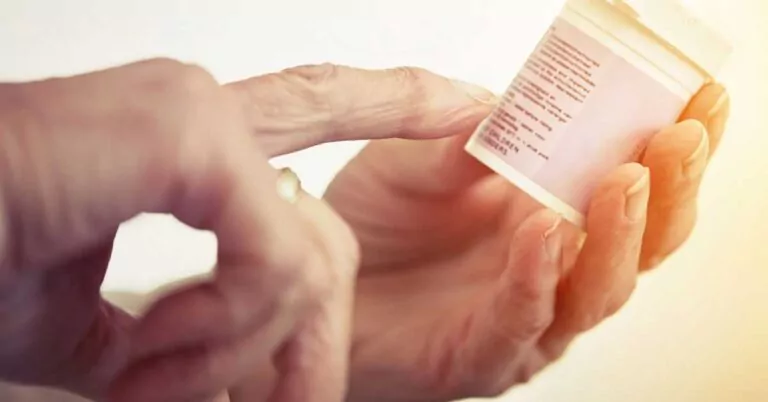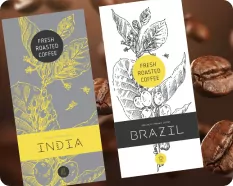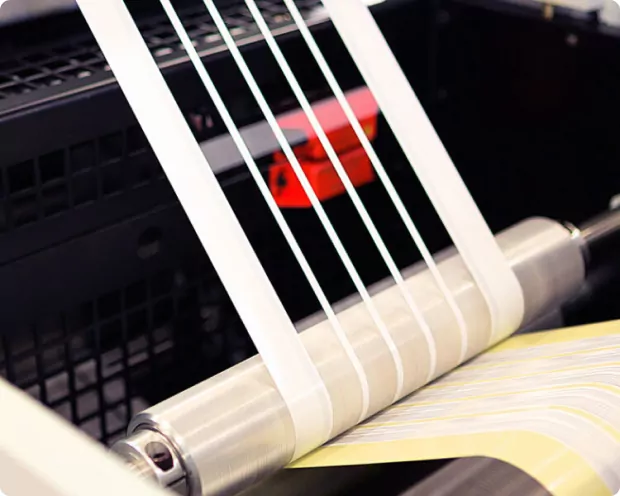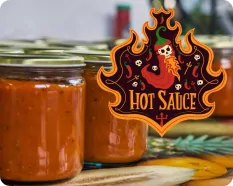Conveying Information Customers Need: Product Labeling Requirements
Your product label is one of the best messaging tools for you to connect with your customers. There’s a lot of information on that little bit of space, and you want to maximize that message! But what are the product labeling requirements? What information do you need to include? It’s essential to figure out what…




